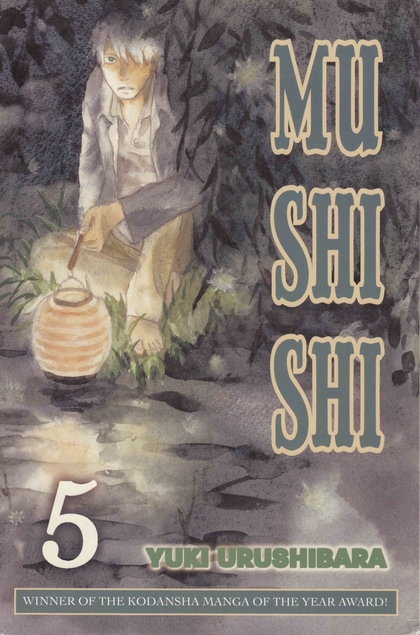Creator: Yuki Urushibara U.S. publisher: Del Rey ISBN: 9780345501660 Released: November 2008 Original release: 2005 Awards: Japan Media Arts Award, Kodansha Manga Award I discovered Yuki …
Vinland Saga, Omnibus 6
Creator: Makoto Yukimura U.S. publisher: Kodansha ISBN: 9781612628035 Released: September 2015 Original release: 2012 Awards: Japan Media Arts Award, Kodansha Manga Award After some delay, the …
Mushishi, Volume 5
Creator: Yuki Urushibara U.S. publisher: Del Rey ISBN: 9780345501387 Released: August 2008 Original release: 2004 Awards: Japan Media Arts Award, Kodansha Manga Award The manga series Mushishi …
Your Lie in April, Volume 2
Creator: Naoshi Arakawa U.S. publisher: Kodansha ISBN: 9781632361721 Released: June 2015 Original release: 2012 Awards: Kodansha Manga Award Your Lie in April is an eleven-volume manga series …
Mushishi, Volume 4
Creator: Yuki Urushibara U.S. publisher: Del Rey ISBN: 9780345499233 Released: May 2008 Original release: 2003 Awards: Japan Media Arts Award, Kodansha Manga Award Although the ten-volumes …
Mushishi, Volume 3
Creator: Yuki Urushibara U.S. publisher: Del Rey ISBN: 9780345496454 Released: February 2008 Original release: 2002 Awards: Japan Media Arts Award, Kodansha Manga Award Mushishi, Volume 3 by …





